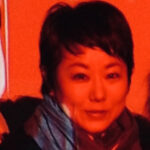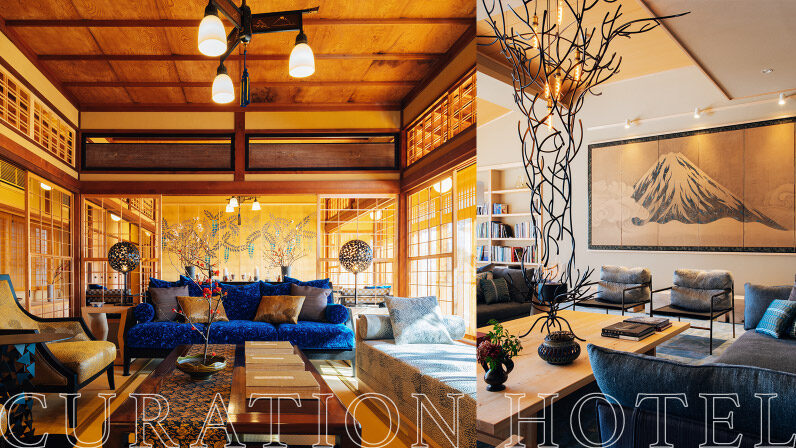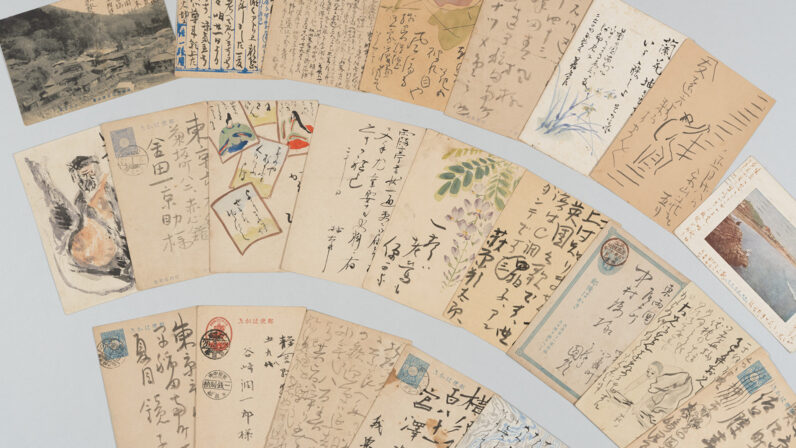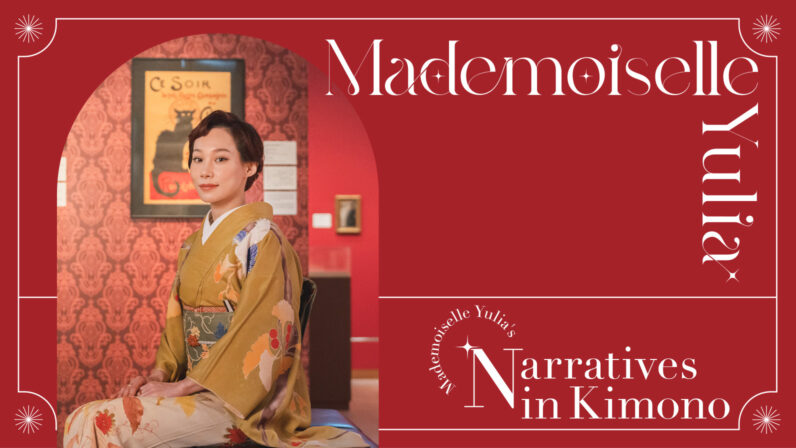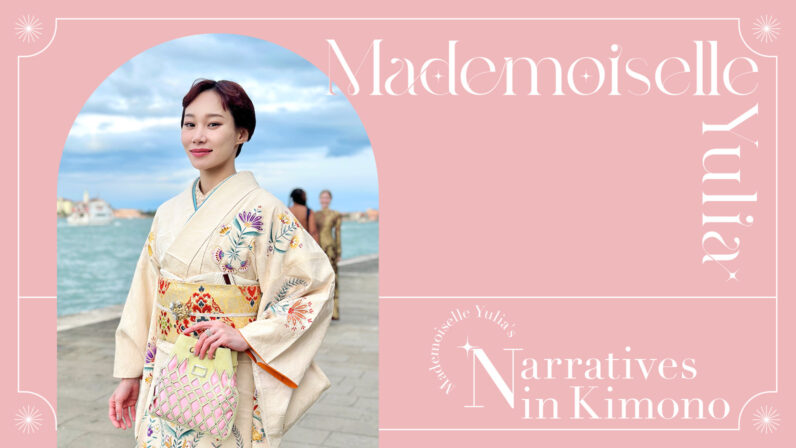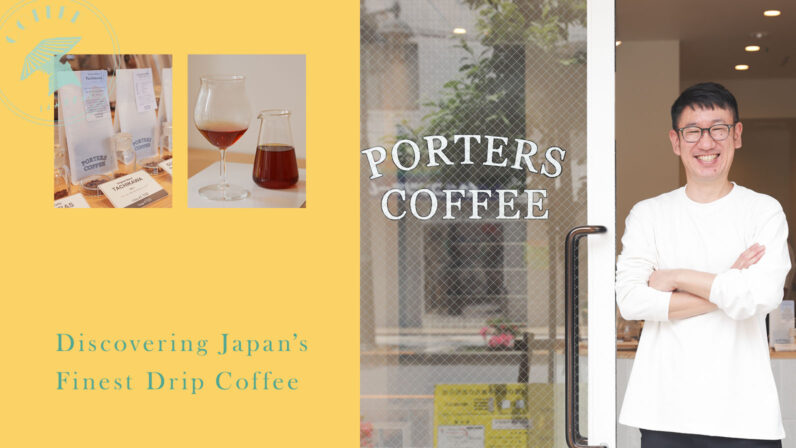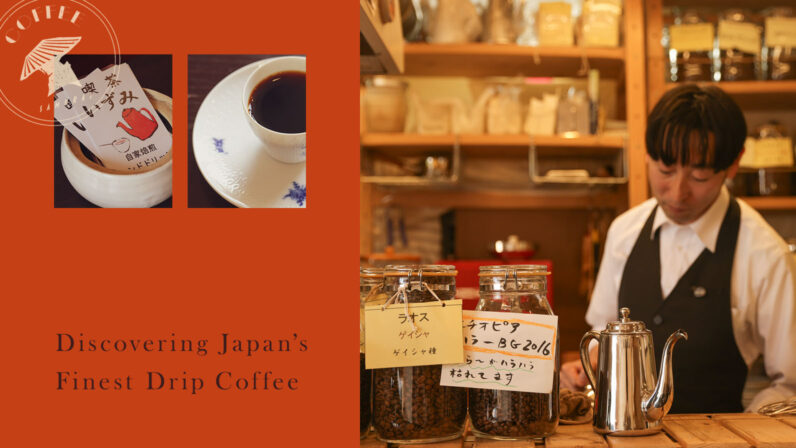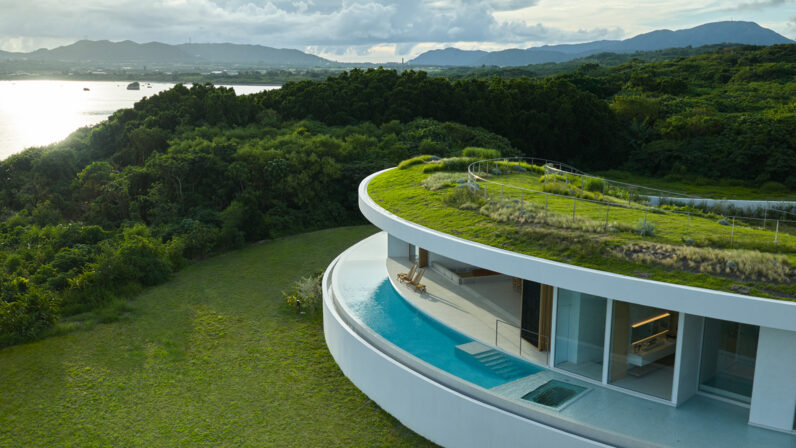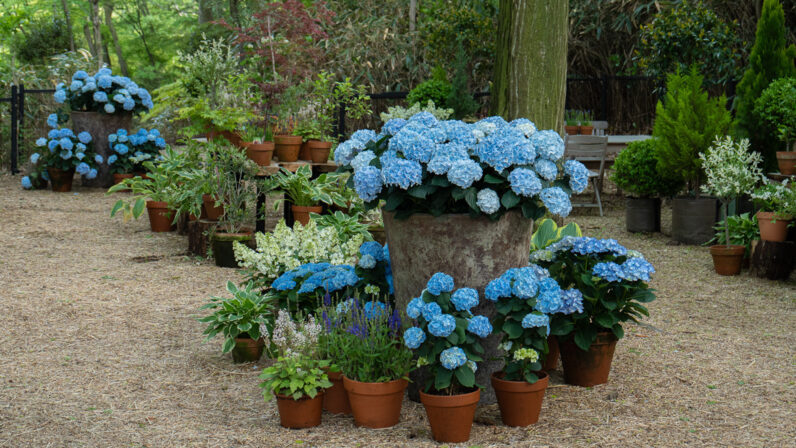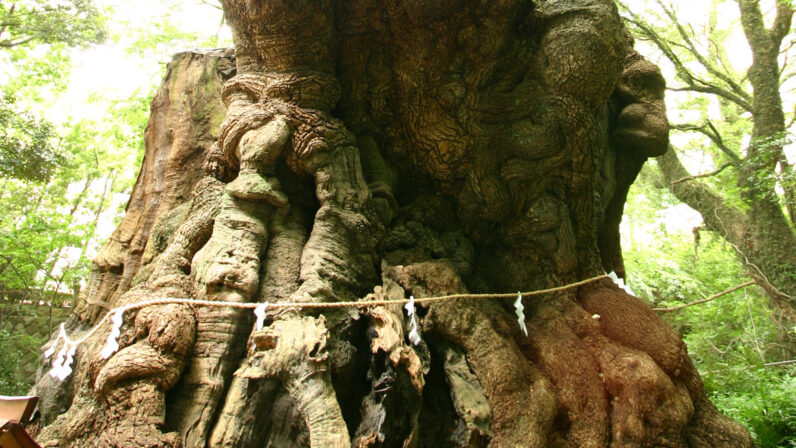
Henri Matisse ‘Flowers and Fruits‘ 1952-1953, Cut Paper 410×870cm Collection of the Matisse Museum, Nice ©Succession H. Matisse
The National Art Center in Roppongi, Tokyo, is currently hosting a major retrospective exhibition of the French visual artist Henri Matisse titled ‘Matisse: Forms in Freedom.’ This exhibition offers a unique and invaluable experience, showcasing items and offering experiences exclusive to this event that cannot be found elsewhere in the world. Let’s explore the compelling reasons why it’s not to be missed.
Henri Matisse (1869-1954) was born in northern France, made his debut as a painter in Paris after studying there, and eventually became one of the 20th century’s greatest masters, spending the latter part of his life in southern France. He not only explored various painting styles but also delved into sculpture, decorative arts, and, in his later years, experimented with “cut paper art,” where he painted colored paper and used scissors to create intricate designs. This exhibition features mostly loaned works from the Matisse Museum in Nice, France, showcasing over 150 pieces.

Right: ‘Still Life with Pomegranates‘ 1947, which also became a tourist poster for the city of Nice.
Left: ‘Reclining Nude‘ 1946. Collection of the Matisse Museum, Nice.
©Succession H. Matisse
Reason to Visit ① : You can view the impressive late-period cut paper masterpiece ‘Flowers and Fruits‘ up close and without a glass barrier.
The centerpiece of this exhibition is the monumental cut paper masterpiece ‘Flowers and Fruits‘ which measures approximately 4.1 meters in height and 8.7 meters in width and has been restored specifically for the exhibition. Since the opening of the Matisse Museum in 1963, this exhibition marks only the second time the artwork has been exhibited elsewhere, making it a truly rare occasion.
Originally scheduled for 2021, the exhibition was postponed due to the pandemic. ‘Flowers and Fruits‘ was restored for this exhibition and was supposed to make its world debut here in Japan. However, due to the delay, it was first exhibited in a newly installed giant glass case at the entrance hall of the Matisse Museum in Nice.

In the entrance hall of the Matisse Museum in Nice, the centerpiece is displayed in a glass case.
Henri Matisse ‘Flowers and Fruits‘ 1952-1953 Cut paper 410×870cm Collection of the Matisse Museum, Nice.
©Succession H. Matisse Photo: François Fernandez
And finally, the artwork has now arrived at the National Art Center in Japan, and is being displayed without a glass case, unlike its presentation at the original Matisse Museum in Nice (as pictured in the image above). When asked about this, Claudine Gramond, the former director of the Matisse Museum in Nice who served as the director of this exhibition, explained, “The glass case was too large to transport to Japan, so we decided to exhibit it without glass this time.” Furthermore, she informed us that “This piece will probably not be loaned to other museums in the future.”
This means that for the foreseeable future, the only opportunity to view this masterpiece without a glass barrier will be at this exhibition. After the exhibition concludes, even if one were to travel to Nice, seeing the artwork would be a much different experience. Having visited the Matisse Museum in Nice in March 2023 and having seen both exhibitions, in my experience, seeing the artwork up close without a glass barrier allowed for a deeper appreciation of the intricate details and provided a closer connection with the artwork.

A book titled ‘Jazz‘ (published in 1947) featuring Matisse’s cut paper artwork and handwritten text. Collection of the Matisse Museum, Nice. ©Succession H. Matisse
Reason to Visit②: Experience a full-scale recreation of the interior of the Rosary Chapel in Vence, one of Matisse’s last works.
The Rosary Chapel, located in the medieval village of Vence about a 30-minute drive from Nice, was a project that Matisse devoted himself to in his later years. In this exhibition, the interior of this chapel, which Matisse himself described as the “culmination of his life’s work,” is displayed in a 1:1 scale. Every detail of the space, from the stained glass and murals to the floor tiles and candle stands on the altar, has been meticulously recreated according to Matisse’s original designs, providing a stunning conclusion to the exhibition.
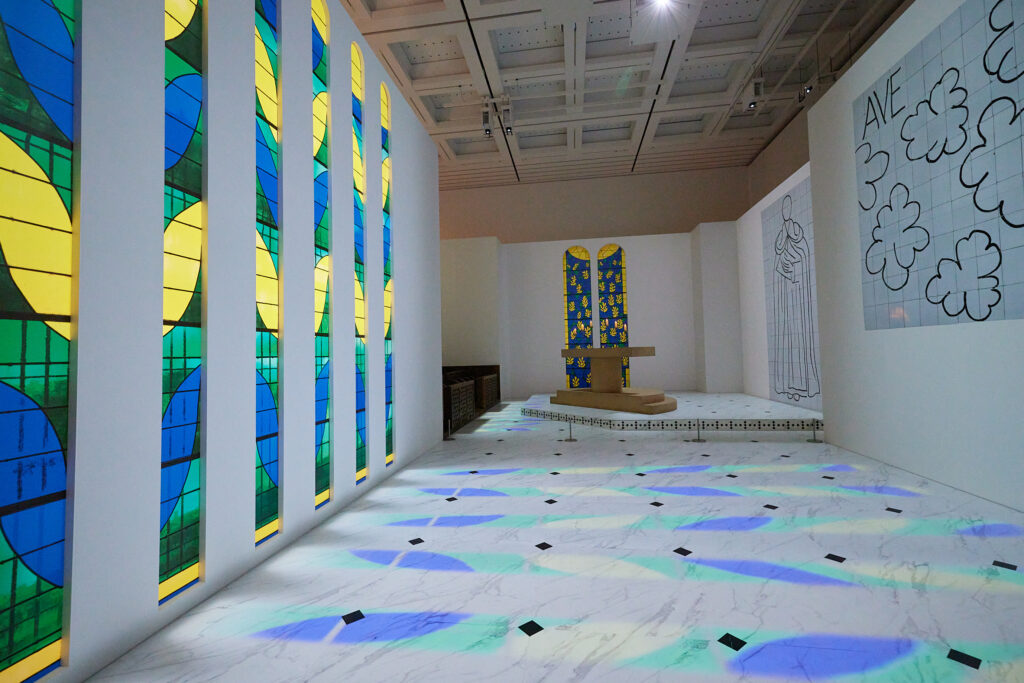
The interior of the Rosary Chapel in Vence. Various colors of light shining through stained glass illuminate the floor.
What makes this exhibition truly remarkable is the presentation that condenses a full day’s worth of changing sunlight into a 3-minute projection on the walls and floor. You can observe the daily transitions, such as the vibrant colors shining through the stained glass, casting reflections on the white-tiled murals, and shining across the floor. It’s a unique experience that’s exclusive to this exhibition.

Matisse not only created stained glass and tile murals but also crafted every detail, including the candle stands on the altar and the holy water font at the entrance. He even designed the chasuble (the priest’s vestment worn during Mass) using the cut paper technique.
From left to right: ‘Maquette for Black Stole (upper vestment)’, ‘Maquette for Black Chasuble (Front)’, ‘Maquette for Black Chasuble (Back)’. Held in the Matisse Museum, Nice. ©Succession H. Matisse
Reason to Visit③:Discover exclusive museum merchandise not available in France
Even after leaving the exhibition venue, there’s more in store. You won’t be able to resist stopping by the shop, which features a variety of museum merchandise inspired by Matisse’s works.

Laptop case featuring ‘Flowers and Fruits‘, priced at ¥4,180 (tax included).
These items are currently unavailable in France due to their copyright laws, which protect an artist’s work for 70 years after their death. In Japan, however, the protection period is 50 years posthumously. As a result, since 2004, Matisse’s works have been in the public domain in Japan. However, commercial use or publication still requires permission from the Matisse Foundation, managed by the artist’s family.

Ballpoint pens featuring colors typical of Matisse’s style, accompanied by clips shaped like the flowers from ‘Flowers and Fruits.’ Additionally, there are sketchbooks with a print of the palette Matisse used on its cover.
If you happen to be in Tokyo during the exhibition period, don’t miss the chance to visit the National Art Center. It’s a wonderful opportunity to explore Matisse’s diverse works, from paintings and drawings to sculptures, decorative arts, and even the furniture and palettes he used. You’ll trace his artistic journey while immersing yourself in his creations, culminating in the breathtaking display at the Rosary Chapel in Vence. Afterwards, you can enjoy browsing the museum shop for exclusive merchandise. It’s an unmissable experience that’s definitely worth the visit and will leave you feeling amazed.
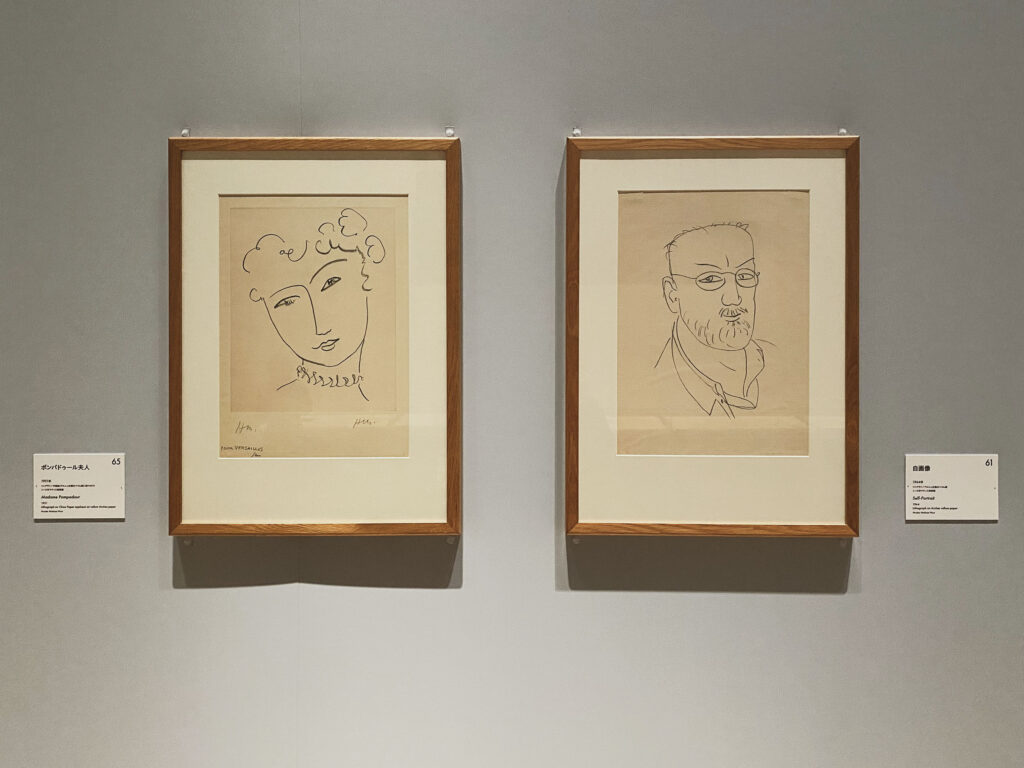
Matisse is also known for his extensive drawing.
Right: ‘Madame Pompadour‘, 1951, Left: ‘Self-Portrait‘, 1944. Collection of the Matisse Museum in Nice. ©Succession H. Matisse
Henri Matisse – Forms in Freedom Venue: National Art Center, Special Exhibition Room 2E Exhibition Period: February 14 - May 27, 2024 Closed on Tuesdays *Except for April 30 when the museum is open Opening Hours: 10:00 - 18:00 *Last admission is 30 minutes before closing Admission Fee: General 2,200 yen and others Website : https://matisse2024.jp/outline-en/

